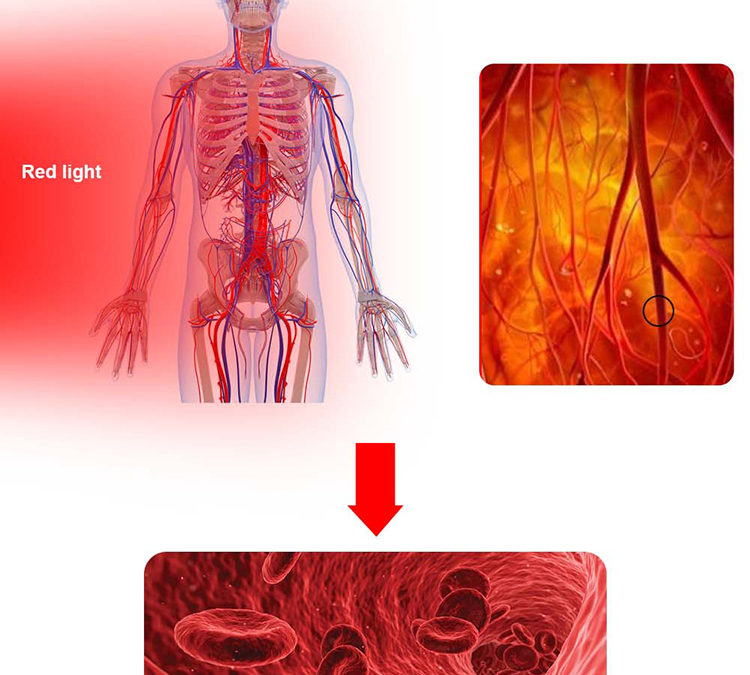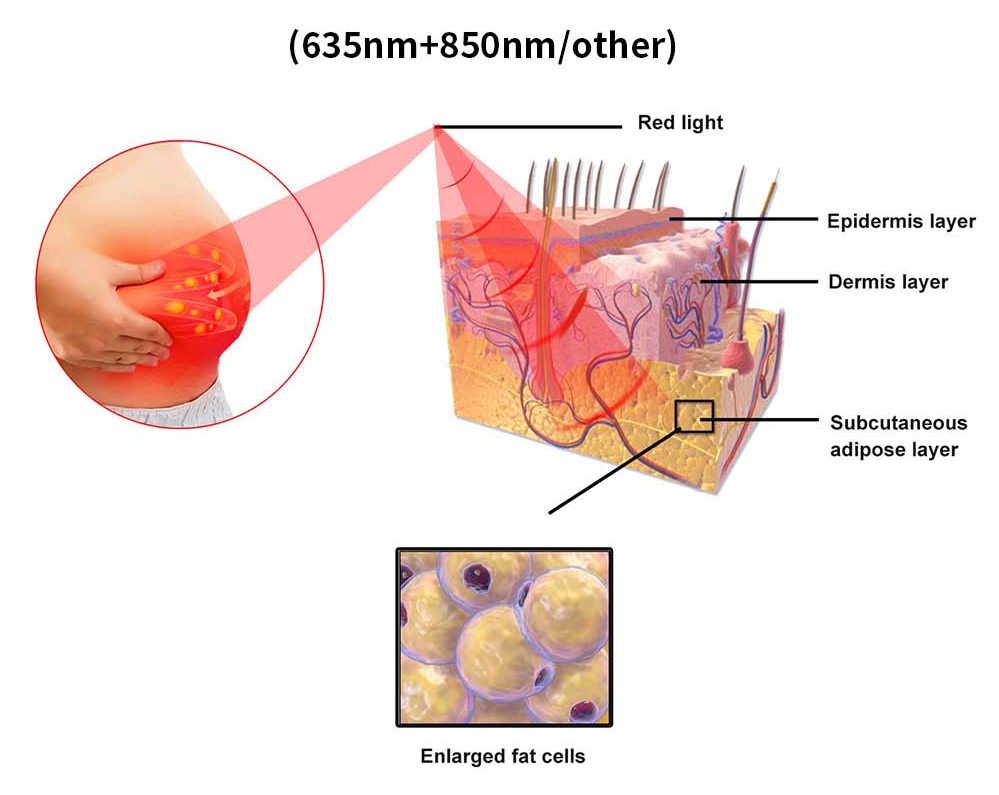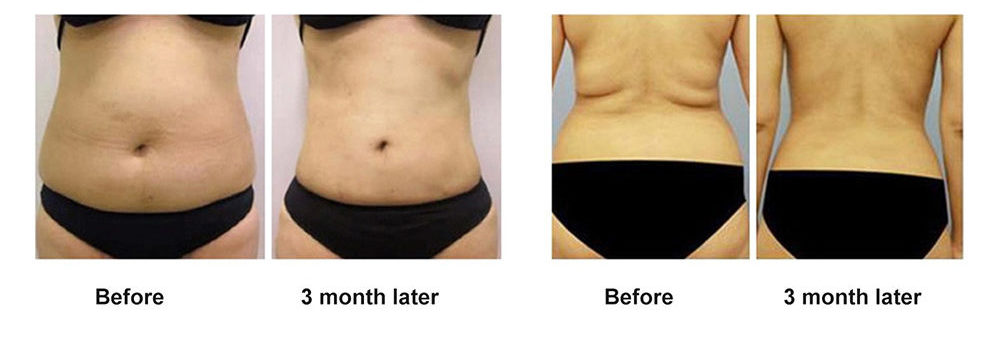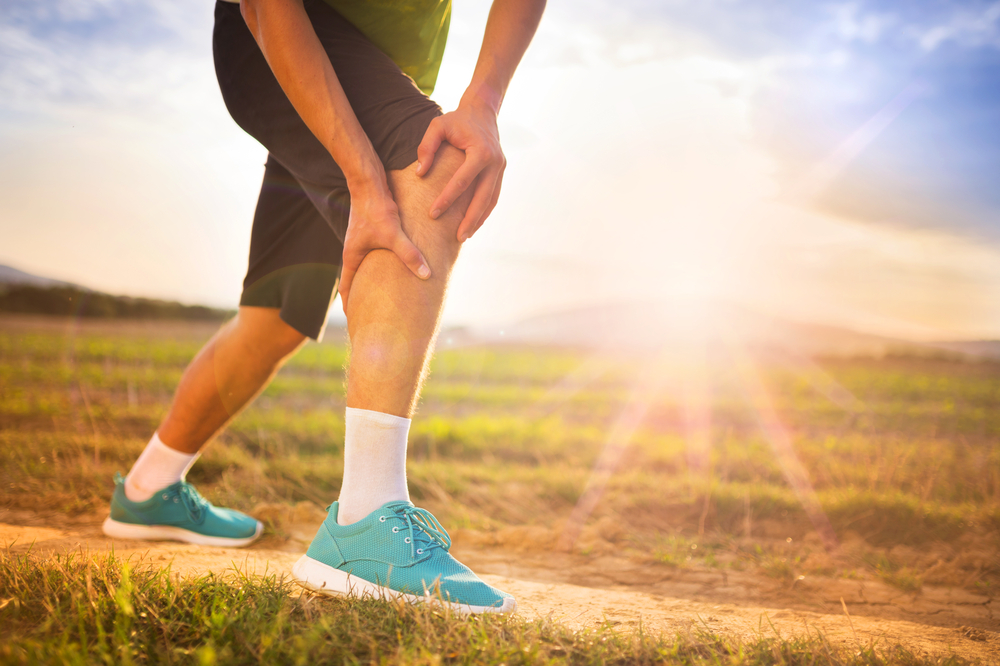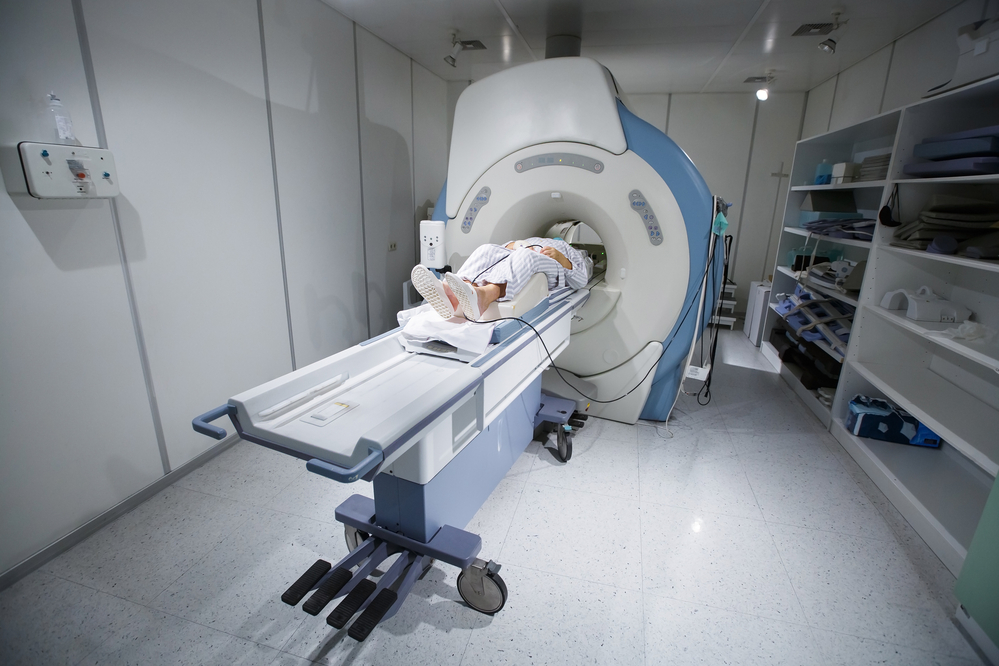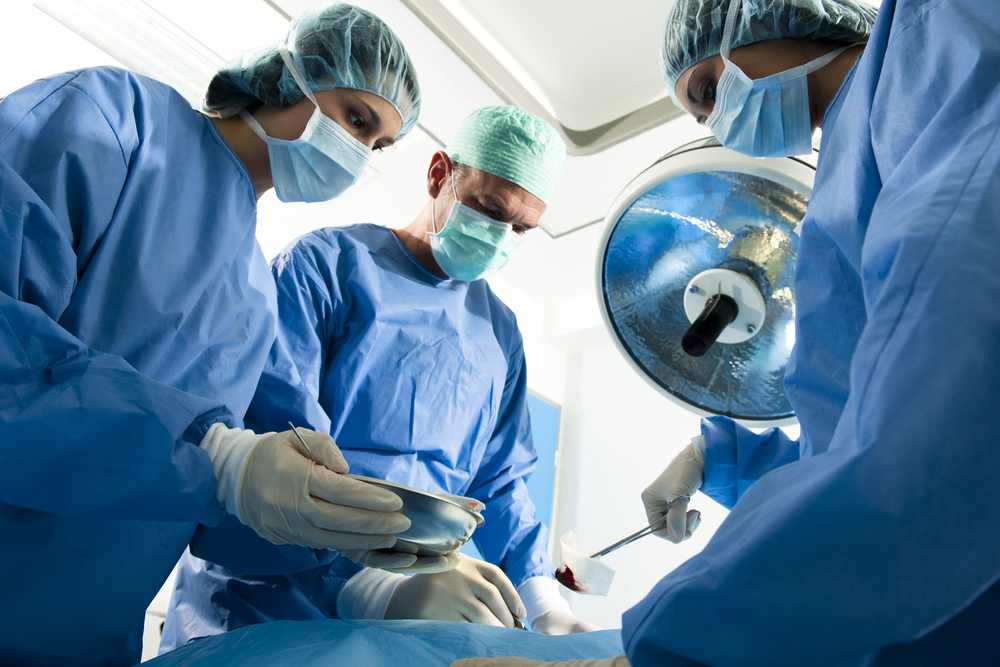
Why Golfers Love Chiropractic
Why Golfers Love Chiropractic
Are you a golfer who’s feeling some of the aches and pains that are so common amongst lovers of the sport?
Golf is a lot of fun. It’s a great way to socialize and get some much-needed exercise for people of all ages. No one can deny that it’s a healthy practice.
That said, there’s a reason why golfers love chiropractic care. There are several common golf injuries in chiropractic offices, and luckily, professionals are able to handle them.
Not convinced that it’s time to see a chiropractor? No problem; we’re here to explain. Keep reading to learn why golf and chiropractic care go together so well.
It Can Improve Flexibility
Did you know that all good golfers should have a solid baseline of flexibility?
No one expects you to be a yoga master or gymnast, but having a somewhat flexible body will help your swing and your overall performance.
If you go to a chiropractor for preventative care, they can use a deep tissue massage and adjustment techniques to reduce stiffness in your spine and thus increase your flexibility.
Not only will this improve your golf game, but it will also help you prevent spinal injuries in the future.
It Can Improve Posture
How is your posture?
Anyone who works at a desk all day likely has inadequate posture. Poor posture can lead to several health problems in the future, but it can also affect your golf game!
Many golfers don’t pay enough attention to their posture while they’re golfing. While it’s true that the average golfing stance is a bit bent over, if you don’t do it right, you could be setting yourself up for poor swings and a back injury.
When you go to a chiropractor, they can help you learn how to hold your body while you’re golfing. They can also use deep tissue massage to loosen up your back and reduce posture problems.
It Can Help Heal Injuries
While we don’t often think of golf as a dangerous sport, golfers can experience serious injuries.
One of the biggest risks for golfers is back and neck pain. While you can avoid these problems if you see a chiropractor often, they can also make adjustments after you’re already injured.
You can also take advantage of saunas to relax some of your tense and sore muscles.
One of the best things about chiropractic for golf injuries is that it’s non-invasive and it doesn’t require the use of medication. With a few adjustment sessions and some rest, you can get back to the green.
Do You Love Chiropractic Care Yet?
Take it from golfers who already love chiropractic care: it helps. While you can relieve pain and heal injuries with an experienced chiropractor, you can also avoid those aches and pains in the first place.
Before you start seeking pain medication or surgical options, visit a chiropractor to see what they can do for you.
If you’re ready to find a local chiropractor in Mill Creek, WA, we want to meet you! Contact us at Amazing Life Chiropractic and Wellness to set up an appointment today.
